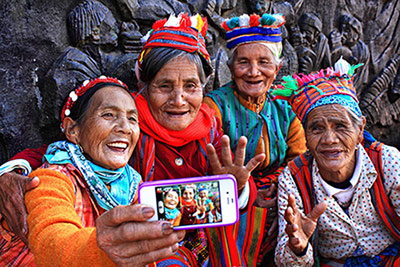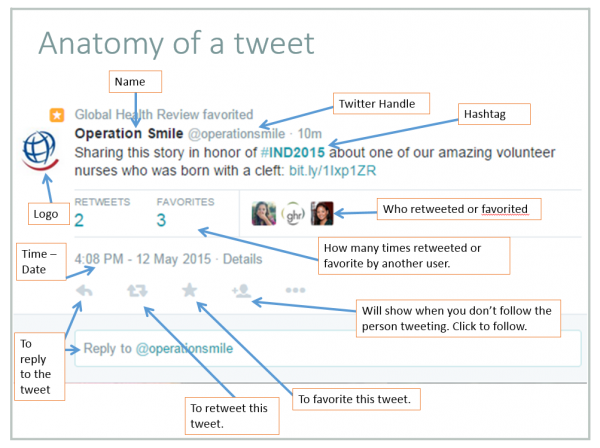Global Health Gets Social
In 2012 when the Social Media for Global Health and Development working group started, many people were searching for some guidance on how to do social media for global health. The group started small with just a few interested organizations and has since grown to over 500 around the world. The need for social media technical assistance has increased and was the inspiration for the development of a new Global Health eLearning Center course, Social Media for Global Health and Development. The course provides tips and resources for using social media in one free and easy-to-use place.
 The course provides an introduction to social media and how it can be used in global health and development. It gives a rationale for why social media is important with examples from organizations such as DefeatDD, Maternal and Child Survival Program, and the USAID | Deliver Project. The course also provides an overview of the top global platforms such as Facebook, Twitter, WhatsApp, and more. Global health and development professionals can learn how to integrate social media within their programs with a step-by-step guide on creating a strategy and measuring social media.
The course provides an introduction to social media and how it can be used in global health and development. It gives a rationale for why social media is important with examples from organizations such as DefeatDD, Maternal and Child Survival Program, and the USAID | Deliver Project. The course also provides an overview of the top global platforms such as Facebook, Twitter, WhatsApp, and more. Global health and development professionals can learn how to integrate social media within their programs with a step-by-step guide on creating a strategy and measuring social media.
The course targets beginner to intermediate social media users. There are helpful hints, case studies, and links to more information so learners can start their social media and do it effectively. Register today at the Global Health eLearning Center to begin the two hour course.




